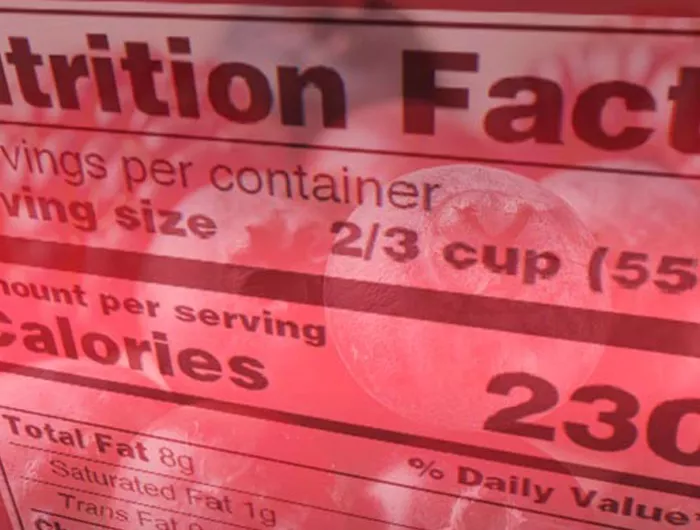If the diet fits...

“How much do calories count?” asked the New York Times headline in February 2018 (below a picture of a Nutrition Facts label in flames).
Huh? The Times was reporting the results of DIETFITS, a year-long $8 million study on 609 overweight or obese people. But DIETFITS didn’t test whether—never mind how much—calories count.
According to DIETFITS, it doesn't matter if you eat a healthy low-fat or a healthy low-carb diet.1
“We told them no crap, no packaged, processed stuff,” says study co-author Christopher Gardner, professor of medicine at Stanford University. “Everybody was supposed to eat vegetables and nobody was supposed to eat added sugars or refined grains.”
While people lost weight even though they weren’t told to count calories, that doesn’t mean that calories didn’t count. (To test that, Gardner would have had to tell a third group of dieters to count calories.)
By cutting fat or carbs, “each group reported a 500-to-600-calorie reduction,” says Gardner. Same drop in calories, same drop in pounds—12 over a year.
Why not more? It’s tough to lose weight—and keep it off—for a year. What’s more, “that was an average,” says Gardner. While roughly three out of four dieters lost weight, “someone gained 20 pounds...and someone lost 60 pounds.”
What did the low-fat and low-carb diets look like? DIETFITS had 3 stages:
- Attack. For the first 2 to 8 weeks, dieters were told to “kick start” weight loss by cutting either fat or carbs as much as possible—ideally to about 20 grams a day (shown here). The low-carb group got carbs only from certain vegetables (no peas, beans, winter squash, or potatoes) and nuts (no cashews or pistachios). The low-fat group got fat only from oil sprays and an occasional egg yolk. Dairy was non-fat, and chicken or seafood was very lean.
- Titrate Up. For the next 8 to 52 weeks, the low-carb group was allowed to slowly add fruit, yogurt, milk, and beans. The low-fat group slowly added small amounts of oils, meats, nuts, eggs, cheese, and other dairy.
- Make It Lifetime. For “the rest of your life,” both groups were told to add small measured servings of whatever they missed most from their “Titrate Up” stage (or small servings of whole grains for the low-carb group).“ The idea was to not add back any more than necessary to stick to the diet over the long term,” says Gardner.

Sample one-day eating plan for the "Attack" phase of the DIETFITS study.
The bottom line: A healthy low-fat or healthy low-carb diet can cut calories...and your weight.
Photos (top to bottom, l to r): stock.adobe.com: koss13, BillionPhotos.com, istetiana, Martin Lee, gkrphoto, MSPhotographic, Centaur, Bert Folsom, Natalia Bratslavsky, merrimonc (turkey), Ekaterina (vegetables), B. and E. Dudziński, Dawn.
Have a comment, question, or idea?
Send us an email at comments@nutritionaction.com. While we can’t respond to every email, we’ll be sure to read your message.
Tags
Topics
The Latest by Caitlin
Can supplements ward off a cold, the flu, or Covid?
Supplements

Testosterone therapy is all the rage. Is it safe…or effective?
Supplements

Can fire cider really boost health and ward off colds?
Supplements

Don’t let these 7 exercise myths fool you
Physical Activity

What you need to know about sleep apnea
Weight and Health


